The "Internet of Things" is the latest buzzword characterizing the machine-generated big data that has outstripped our ability to derive value from it. Think of UPS delivering 16 million packages every day through various hubs and all the logistics and decisioning that goes into that. But how does an organization
Uncategorized
As I crossed the finished line, I could feel the tears welling up. “Don’t do it," I thought. "Athletes don’t cry." Somehow, I managed to pull myself together, but instead of my usual post-race celebration of high fives and cheering on other runners, I walked to the race result board

Recently a SAS/IML programmer asked a question regarding how to perform matrix arithmetic when some of the data are in vectors and other are in matrices. The programmer wanted to add the following matrices: The problem was that the numbers in the first two matrices were stored in vectors. The

While fancy new forecasting models will always be of interest to researchers, there is plenty of really interesting and practical new work being led by forecasting practitioners. Last month Steve Morlidge (who spent 30 years at Unilever, now with CatchBull), shared his promising new approach on the “Avoidability of Forecast
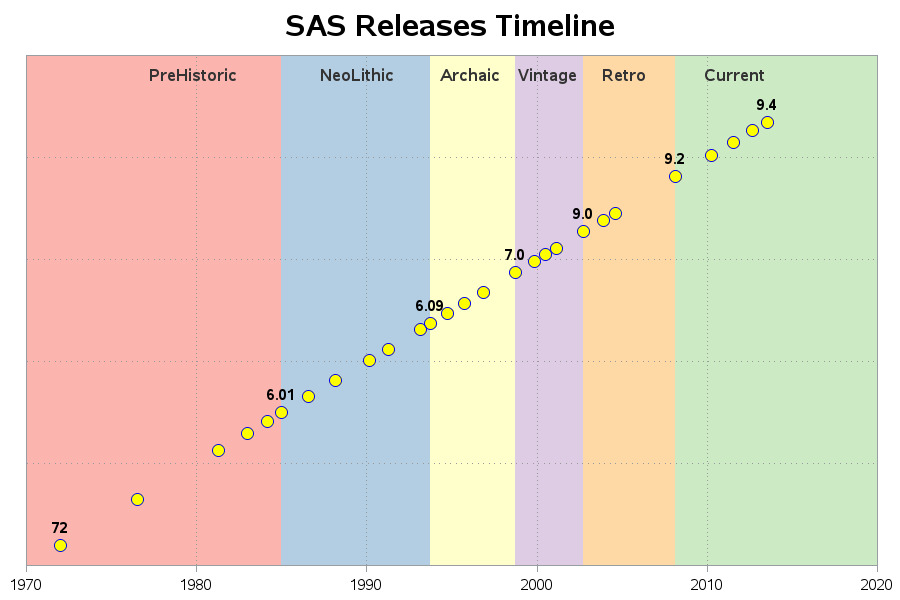
Data on punched-cards, SAS software delivered on tape, jobs in the queue on the mainframe, printouts on green-bar paper ... we really appreciate all our SAS users, but if any of the above are part of your "SAS memories" we especially appreciate you! I guess I'm a computer geek, because
Last week I covered some of the interesting graph-related papers presented at WUSS. There were quite a few, so I broke up the report into two parts. Here is the second installment. In the paper Creating Graphical Patient Profiles using SAS by William Garner of Gilead Sciences, the author describes how to create
Our blog editor extraordinaire Shelly Goodin brings you tips and information on technical content from our books that you can use immediately in your work. But what if you’re not there yet? What if you want to start with a 50,000-foot level view of analytics overall? Or learn how forecasting
For decades, data quality experts have been telling us poor quality is bad for our data, bad for our decisions, bad for our business and just plain all around bad, bad, bad – did I already mention it’s bad? So why does poor data quality continue to exist and persist?
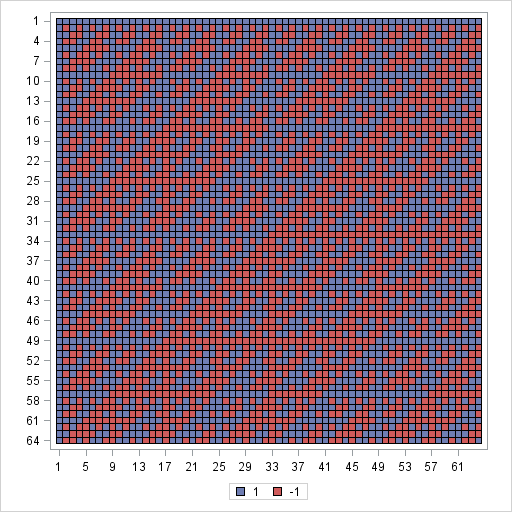
A heat map is a graphical representation of a matrix that uses colors to represent values in the matrix cells. Heat maps often reveal the structure of a matrix. There are three common applications of visualizing matrices with heat maps: Visualizing a correlation or covariance matrix reveals relationships between variables.

When learning a new language, it is important to learn to interpret error messages that come from the language's parser or compiler. Three years ago I blogged about how to interpret SAS/IML error messages. However, many questions have been posted to the SAS/IML Support Community that indicate that some people
Liebe Blog-Leser, schon sind wir wieder mitten drin in dieser so besinnlichen, feierlichen und staden Vorweihnachtszeit, wo die meisten Menschen vor lauter Hektik nicht wissen, wo ihnen der Kopf steht. Jahresabschlüsse sind zu machen, Geschenke noch zu besorgen. Die Menschen um einen herum sind gereizt – und nach ehrlicher Selbstbeobachtung

As the International Year of Statistics comes to a close, I've been reflecting on the role statistics plays in our modern society. Of course, statistics provides estimates, forecasts, and the like, but to me the great contribution of statistics is that it enables us to deal with uncertainty in a
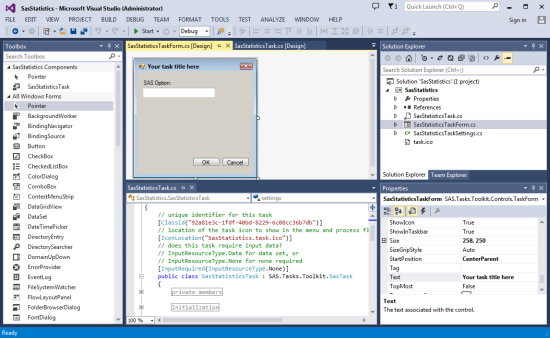
Writing a book about SAS (or any computer software) is both gratifying and frustrating. It's gratifying because there are so many SAS users in the world, and it feels good when you can share your expertise with them. It's also gratifying to have a volume that you can point to

Each year my siblings choose names for a Christmas gift exchange. It is not unusual for a sibling to pick her own name, whereupon the name is replaced into the hat and a new name is drawn. In fact, that "glitch" in the drawing process was a motivation for me

As the “Year of Statistics” comes to a close, I write this blog in support of the many statisticians who carefully fulfil their analysis tasks day by day, and to defend what may appear to be demanding behavior when it comes to data requirements. How do statisticians get this reputation? Are we

There are 2 kinds of people in the world -- those who dread change, and those who look forward to it. Which kind of person are you, when it comes to upgrading your SAS software?!? With most software (such as Windows OS, Facebook, Gmail, etc) I tend to fall into
Instituting an analytics program in which actionable insight is delivered to a business consumer will be successful if those consumers are aware of what they need to do to improve their processes and reap the benefits. As we have explored over the past few posts, success in the use of

Another day, another scam defrauding insurers and governments. For purposes of full disclosure, the case I'm highlighting today comes from Washington's Labor and Industries (L&I), the agency where I formerly worked and headed up fraud prevention efforts, and the investigation dates back to my time there. During my time there,
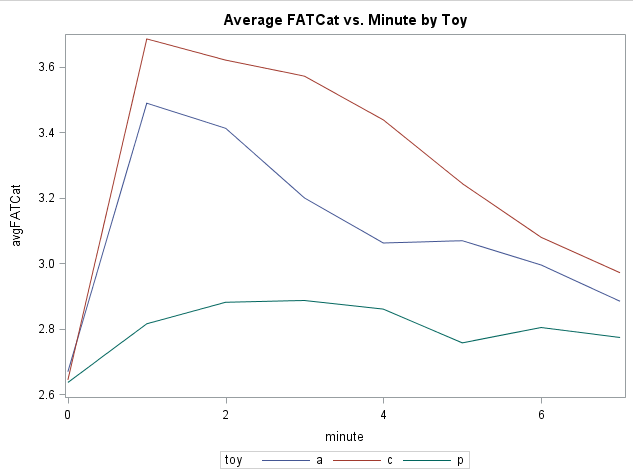
“Dear Cat, In a repeated measures drug study, I am unsure what to do with the baseline measurement. Since it is one of the time points in my study, I feel like I should use it as one of the dependent variable measurements. But I have seen analyses where baseline
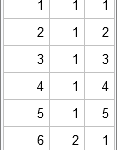
If you write an n x p matrix from PROC IML to a SAS data set, you'll get a data set with n rows and p columns. For some applications, it is more convenient to write the matrix in a "long format" with np observations and three columns. The first
The data quality and data governance community has a somewhat disconcerting habit to want to append the word “quality” to every phrase that has the word “data” in it. So it is no surprise that the growing use of the phrase “big data” has been duly followed by claims of

The holiday season is here, and you're probably wondering how to shop for that picky SAS Enterprise Guide user on your gift list. I've got a few ideas for you, and the price is right! Here are links to 11 custom tasks that are free to download, easy to install,

For several years, there has been interest in calling R from SAS software, primarily because of the large number of special-purpose R packages. The ability to call R from SAS has been available in SAS/IML since 2009. Previous blog posts about R include a video on how to call R

Wavelet analysis is an exciting and relatively new field of study that enables one to extract underlying patterns either from spatially varying or temporally varying data. Pixel values representing the relative brightness and color that constitute an image are an example of spatially varying data, and daily variations of financial
"Big data isn't useful for investment purposes." So said my friend Walt during one of our recent arguments discussions. By way of background, Walt is not an über-successful 70-year-old investor who earned his chops well before the advents of Twitter, Facebook and their ilk. Rather, he's a man of a similar age to

With the others, I filed into the school gymnasium, my super zoom camera lens at the ready and a nervous smile on my face. Across the room, I caught a glimpse of my unsmiling daughter, and my apprehension grew about how this awards day program would play out for her.

When I call R from within the SAS/IML language, I often pass parameters from SAS into R. This feature enables me to write general-purpose, reusable, modules that can analyze data from many different data sets. I've previously blogged about how to pass values to SAS procedures from PROC IML by
Each year, I'm excited to see the awards nominations for Data Steward of the Year come in. It's not just because we enjoy seeing the program grow each year (which is true, based on the number of nominations we receive). It's also because of the variety of the nominations –

In using a vector-matrix language such as SAS/IML, MATLAB, or R, one of the challenges for programmers is learning how to vectorize computations. Often it is not intuitive how to program a computation so that you avoid looping over the rows and columns of a matrix. However, there are a

Forecasting Support Systems (FSS) – essentially, decision support systems for forecasters – are being given increasing scrutiny in forecasting circles, including our recent half-dozen articles in Foresight. Additionally this year, there has been a special issue of the International Journal of Forecasting focused on the topic. Keith Ord and















